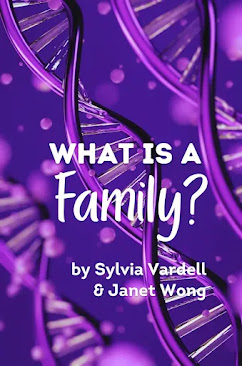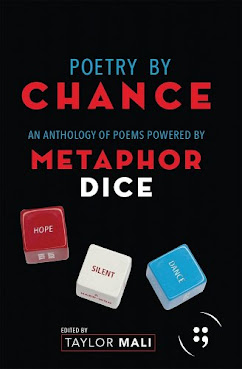At our
SCBWI-Wisconsin Fall
Conference last weekend, several speakers recommended making a picture book
dummy before submitting a manuscript. For many years, I resisted the advice I
heard about tackling such a project. At first, I thought “dummy” meant one of those
pages of little boxes that illustrators use to create storyboards. I’m not
an illustrator, so I couldn’t see the point. I could never fit all my text into
those teensy little squares!
Now that I know the difference, I
imagine it might help a writer to jot a brief note about what happens in each
scene to visualize pacing and be sure there is enough illustration potential. But
I’m talking about a different thing altogether. So let me make the
distinction between an illustration dummy and a text dummy. Writers can do
themselves a big favor by creating a text dummy on plain paper.
I started with 8 sheets of paper
cut in half. I stapled them along one short side to make a 32-page dummy. I printed
a copy of my manuscript and cut it into chunks.
Each chunk of text that
describes a scene and/or creates a potential illustration can take up
a page or even a whole spread in a picture book. That’s what you cut out and
paste onto the dummy. Then you look at it with an eye to page turns, pacing,
and amount of text per page. Even with the understanding that the final book
could look completely different, it’s a worthwhile exercise. The concrete visual
format makes problems easier to spot.
I found two good sources for text
dummy info:
- Writing Picture Books: A Hands-On
Guide from Story Creation to Publication by Ann Whitford Paul includes a
chapter called “Cut and Paste—Making a Dummy Book.” She specifies three kinds
of story changes that create reasons to change the page. She then lists ten
important questions to ask when evaluating the text.
Making a text dummy of my work
in progress showed me several good reasons to revise. Trying to paste the text in
place made me realize that the story had too many scenes for potential
illustrations. In addition, some chunks of text were too long to fit on a page.
Time to cut!
So try it! Make a text dummy of
your picture book manuscript. It certainly helped mine!
Thank you, SCBWI!
We
Teaching Authors are honored
to be included in the Featured Blog Scroll on the
new SCBWI web site. If
you haven’t visited our blog before, you can learn more about us on our
About Us page. There, you’ll find links to our bios and introductory blog posts. Enjoy!
JoAnn Early Macken












4 comments:
Thanks for this post, JA. I've found making picture book dummies very helpful for revision. And I recently discovered Removable double-sided tape by Scotch. It makes it easy to move the text around.
http://www.staples.com/Scotch-Double-Sided-Removable-Tape-with-Dispenser-3-4-inch-x-400/product_383534
Making a dummy has helped me SO many times. Great idea, JA.
I'm not writing a picture book, but I might. But I want to tell you that I've had students create picture books in my teaching, and I always required them to make a rough draft of the pages before doing the final. I wish I would have known more like your directions and the links, but in school, first drafts are important planning. Fun to hear about!
Yes, Marti, double-sided tape sounds like a good investment.
Jill, I'm glad to hear it--I wish I had started sooner!
Linda, yes, a rough draft in picture book format is an important step in the process. Good luck with your students!
Post a Comment